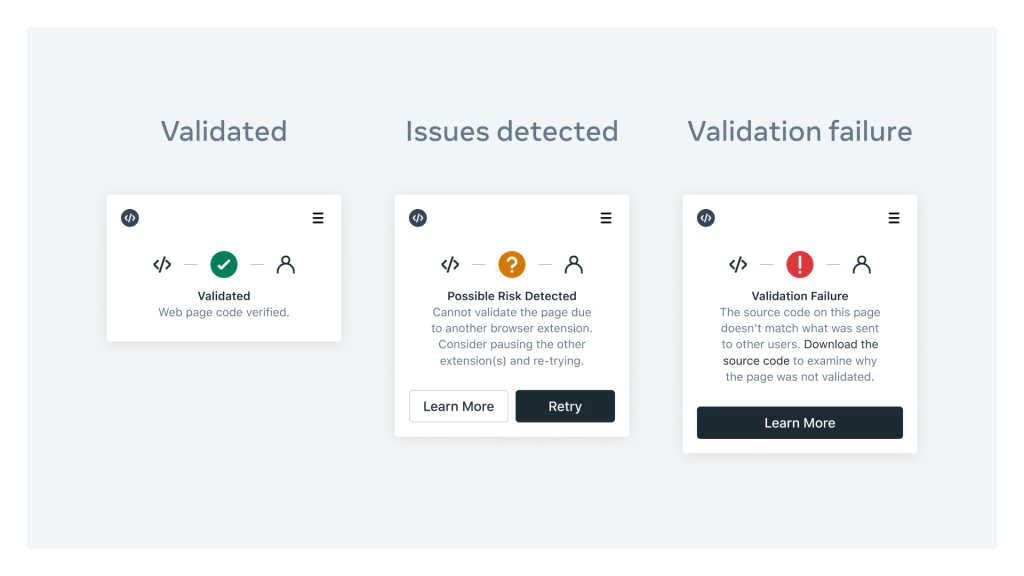Source code serves as the backbone of software development, acting as the blueprint that transforms ideas into functional programs. Understanding what source code is and how to validate it is crucial for developers seeking to create robust and error-free applications.
Source Code
Source code refers to the human-readable instructions written in a programming language that define the behavior of a software application. It serves as the foundation upon which programs are built, encompassing everything from basic logic to complex algorithms.
Are you curious about the flourishing landscape of software development in Costa Rica?
In the realm of software development, the source code is akin to the architect’s blueprints, providing a detailed roadmap for constructing the final product. Without source code, software would be nothing more than a collection of binary digits devoid of meaning or functionality.
Types of Source Code
Source code can be broadly categorized into two main types: open-source and closed-source. Open-source code is freely available for anyone to view, modify, and distribute, fostering collaboration and innovation within the developer community. Conversely, closed-source code is proprietary and tightly controlled, often used in commercial software products to protect intellectual property.
Additionally, source code can be divided based on its role in the application stack, such as front-end code responsible for user interface interactions and back-end code handling server-side operations.
Understanding Source Code Validation
Source code validation is the process of ensuring that the code conforms to established standards and best practices. It involves identifying and correcting errors, inconsistencies, and vulnerabilities that may compromise the functionality, security, or maintainability of the software.
Validating source code is essential for detecting and resolving issues early in the development lifecycle, reducing the likelihood of costly errors and security breaches down the line.
Tools for Validating Source Code
Several tools are available to assist developers in validating source code effectively. Code linters, such as ESLint for JavaScript and Pylint for Python, analyze code for stylistic errors and potential bugs, enforcing coding conventions and identifying areas for improvement.
Additionally, code validators like W3C Markup Validation Service for HTML and CSSLint for CSS focus on validating web-related technologies, ensuring compliance with industry standards and specifications.
Integrated Development Environments (IDEs) such as Visual Studio Code and JetBrains IntelliJ IDEA offer built-in validation tools that provide real-time feedback and suggestions as developers write code, streamlining the validation process.
How to Validate Source Code
Validating source code can be performed using both manual and automated techniques. Manual validation involves reviewing the code line by line, checking for syntax errors, logic flaws, and adherence to coding standards.
Automated validation, on the other hand, leverages tools and scripts to scan the codebase for issues automatically. This approach is faster and more efficient, especially for large projects, but may require additional setup and configuration.
To ensure effective source code validation, developers should adopt best practices such as writing modular and well-documented code, conducting thorough testing, and leveraging version control systems to track changes and revisions.
Benefits of Validating Source Code
Validating source code yields numerous benefits for developers and organizations alike. By identifying and fixing errors early in the development process, developers can improve code quality, reduce debugging time, and enhance overall software reliability.
Furthermore, validating source code helps mitigate security risks by identifying vulnerabilities and implementing appropriate safeguards. This is particularly critical in today’s interconnected world, where cyber threats pose a constant and evolving threat to digital assets and sensitive information.
Moreover, validated source code is easier to maintain and update, facilitating collaboration among development teams and ensuring long-term scalability and sustainability.
Challenges in Source Code Validation
Despite its importance, source code validation presents several challenges for developers. Compatibility issues may arise when validating code across different platforms, programming languages, or development environments, necessitating careful consideration and testing.
Time constraints can also impede the validation process, especially in fast-paced development environments where deadlines are tight and resources are limited. Balancing the need for thorough validation with project timelines and deliverables requires careful planning and prioritization.
Additionally, adopting new validation tools and techniques may require time and effort to learn and integrate into existing workflows, potentially disrupting development processes and productivity in the short term.
Case Studies on Source Code Validation
Several real-world examples illustrate the impact of source code validation on software development projects. Companies that neglect validation practices often encounter issues such as unexpected behavior, performance bottlenecks, and security vulnerabilities, leading to costly downtime and reputation damage.
Conversely, organizations that prioritize source code validation reap the rewards of improved code quality, faster time to market, and greater customer satisfaction. By investing in robust validation processes and tools, companies can mitigate risks and achieve sustainable growth in today’s competitive marketplace.
Future Trends in Source Code Validation
Looking ahead, the future of source code validation promises exciting advancements driven by emerging technologies and industry trends. Artificial intelligence (AI) and machine learning algorithms are increasingly being leveraged to automate code analysis and identify patterns and anomalies, enhancing the accuracy and efficiency of validation processes.
Moreover, the integration of validation into continuous integration/continuous deployment (CI/CD) pipelines enables developers to validate code automatically as part of the software delivery lifecycle, ensuring that only high-quality, validated code reaches production environments.
By embracing these trends and embracing a culture of continuous improvement and innovation, developers can stay ahead of the curve and deliver software that meets the highest standards of quality, security, and reliability.
Conclusion
In conclusion, source code validation is a critical aspect of software development that cannot be overlooked. By understanding the importance of validating source code, leveraging the right tools and techniques, and embracing best practices, developers can create software that is robust, secure, and maintainable, ultimately driving business success and customer satisfaction.



